The Pug, with its distinctive wrinkled face and charming personality, has won the hearts of dog lovers worldwide. However, beneath that adorable exterior lies a breed prone to respiratory challenges. Their unique brachycephalic (short-nosed) anatomy makes them susceptible to breathing difficulties, requiring special attention from owners who truly understand their needs.
Unlike most dogs, Pugs have compressed nasal passages, elongated soft palates, and narrow windpipes – all contributing to what veterinarians call Brachycephalic Obstructive Airway Syndrome (BOAS). This isn’t just about loud snoring (though that’s certainly a hallmark). It’s about oxygen intake, temperature regulation, and overall quality of life. Responsible Pug ownership means recognizing that every pant, every snort, carries meaning.
Seasonal awareness becomes crucial for Pug parents. Summer transforms into a high-alert period where even moderate heat can trigger distress. Their inefficient panting mechanism struggles to cool them down, making them vulnerable to heatstroke at temperatures other breeds tolerate easily. Winter brings different challenges – dry air irritates those already-sensitive airways, while cold weather may exacerbate existing inflammation.
The relationship between weight and respiration in Pugs isn’t linear; it’s exponential. Every extra pound places disproportionate stress on their respiratory system. What might be a slight weight gain in another dog becomes an oxygen-depriving burden for a Pug. This makes portion control and appropriate exercise non-negotiable, not merely aesthetic concerns.
Sleep patterns reveal much about a Pug’s respiratory health. Positional breathing – where they extend their necks or avoid certain sleeping postures – often indicates airway obstruction. Observant owners notice these subtle adaptations, recognizing them as signs warranting veterinary consultation rather than just quirky behaviors.
Environmental modifications can significantly improve a Pug’s breathing capacity. Air purifiers combat irritants, elevated feeders reduce neck strain during meals, and harnesses replace collars to avoid tracheal pressure. These aren’t luxuries but essential adaptations that acknowledge the Pug’s physiological reality.
Veterinary partnerships take on special importance with brachycephalic breeds. Regular check-ups should include airway assessments, with discussions about potential surgical interventions for severe cases. Procedures like stenotic nares correction or soft palate resection aren’t cosmetic – they’re often life-changing (sometimes life-saving) interventions for affected Pugs.
The emotional dimension of respiratory distress manifests in subtle ways. A Pug that hesitates before play isn’t being lazy; it may be calculating oxygen needs. Owners attuned to these cues learn to differentiate between normal breed characteristics and genuine respiratory compromise requiring attention.
Emerging research continues to reshape our understanding of brachycephalic health. Recent studies highlight how early intervention and proper management can extend Pug lifespans and improve life quality significantly. This evolving knowledge empowers owners to make informed decisions beyond internet folklore and breed stereotypes.
Ultimately, managing a Pug’s respiratory health isn’t about pathologizing their nature but about optimizing their wellbeing within their unique design. It demands vigilance without anxiety, commitment without obsession – a balanced approach that honors both the breed’s challenges and its extraordinary capacity for joy.

By /Jun 28, 2025
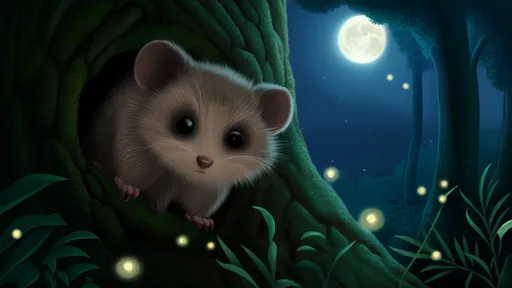
By /Jun 28, 2025
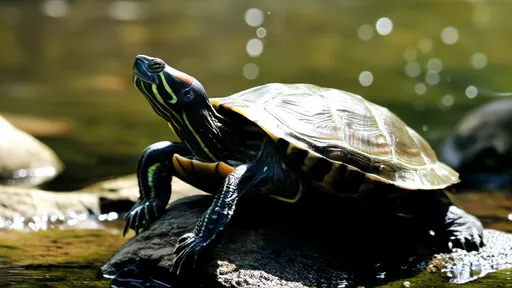
By /Jun 28, 2025
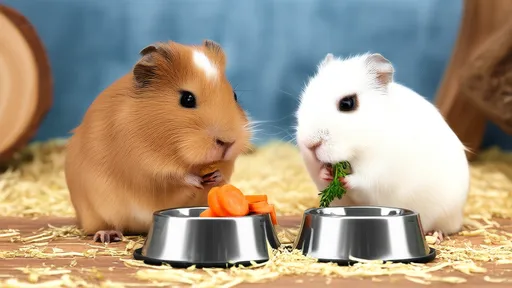
By /Jun 28, 2025
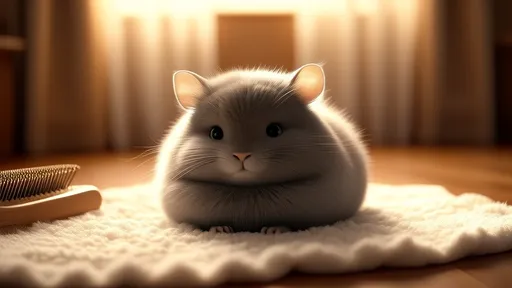
By /Jun 28, 2025
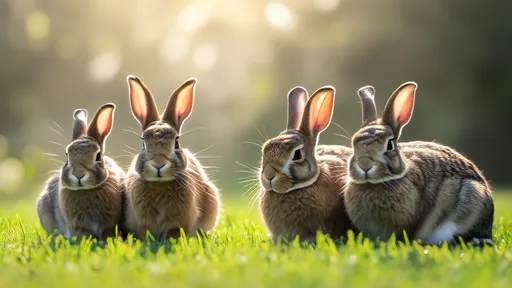
By /Jun 28, 2025
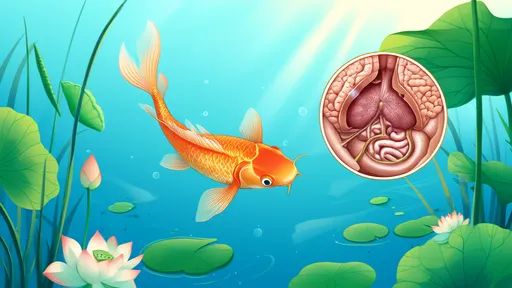
By /Jun 28, 2025
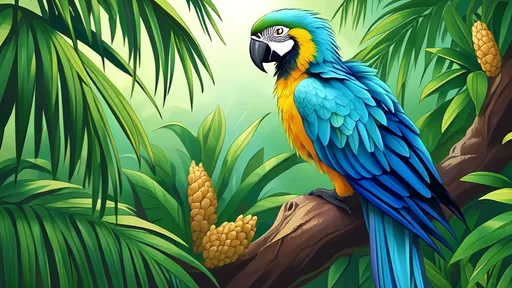
By /Jun 28, 2025
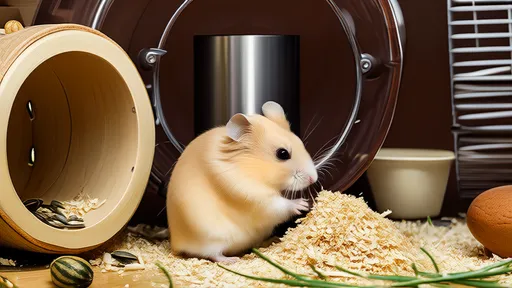
By /Jun 28, 2025

By /Jun 28, 2025
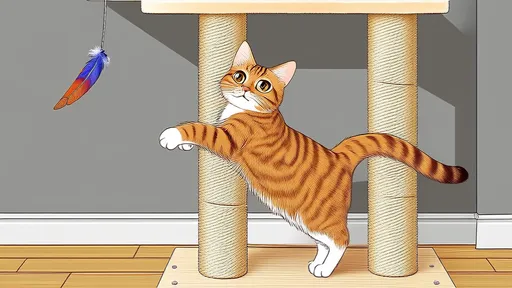
By /Jun 28, 2025
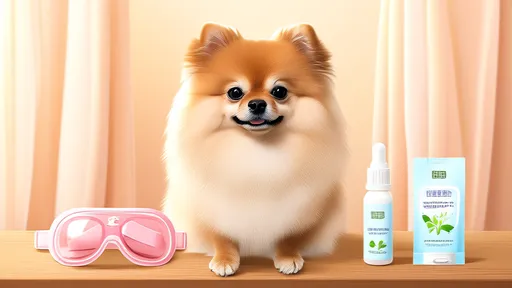
By /Jun 28, 2025
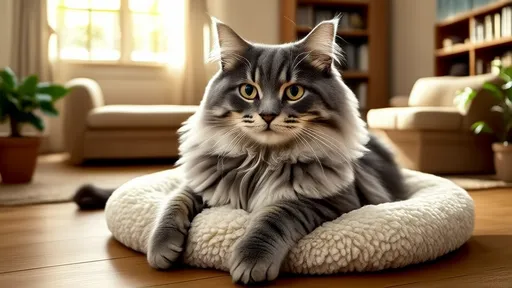
By /Jun 28, 2025

By /Jun 28, 2025
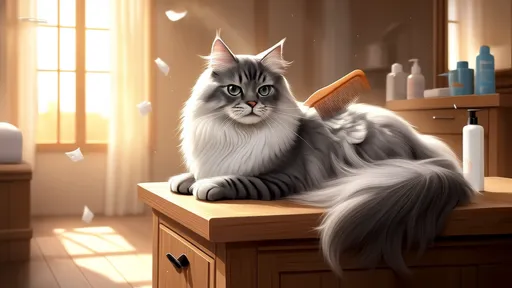
By /Jun 28, 2025

By /Jun 28, 2025
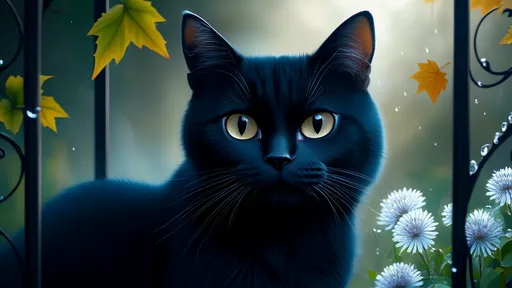
By /Jun 28, 2025
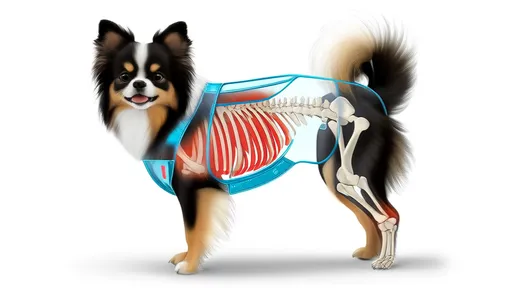
By /Jun 28, 2025